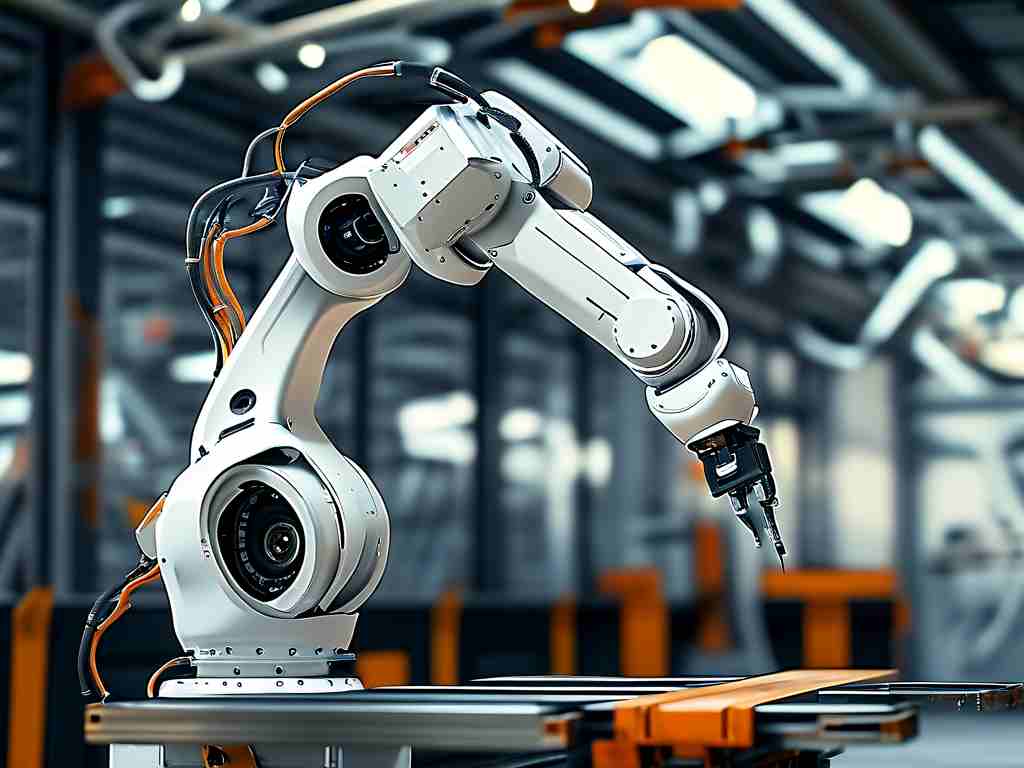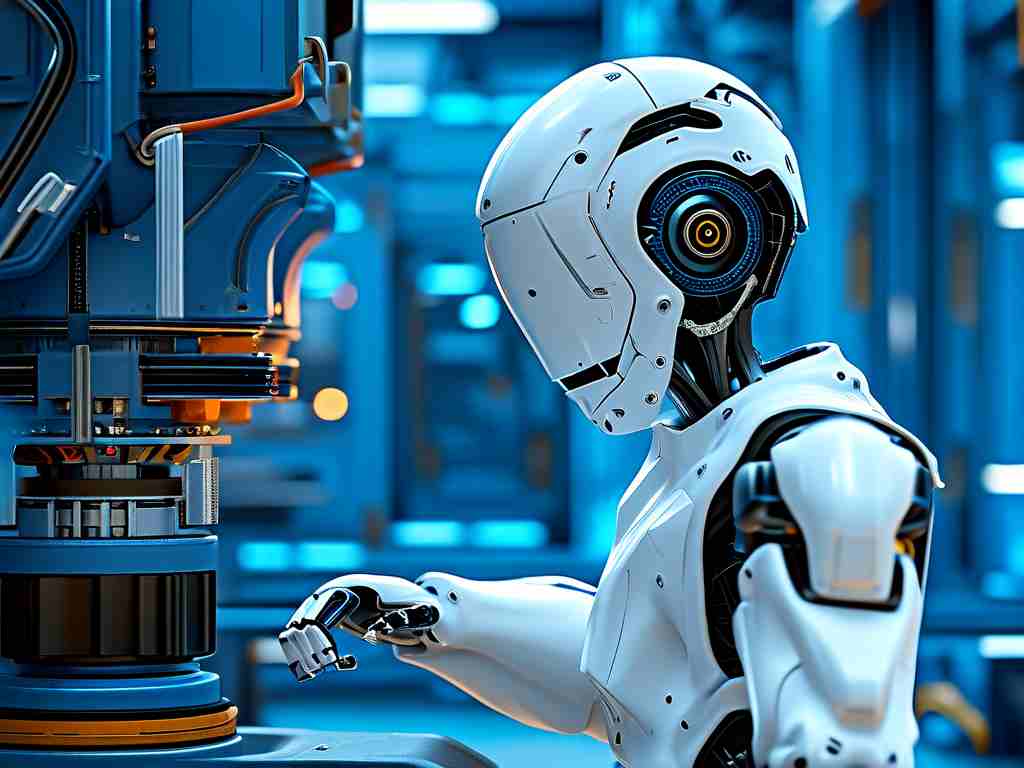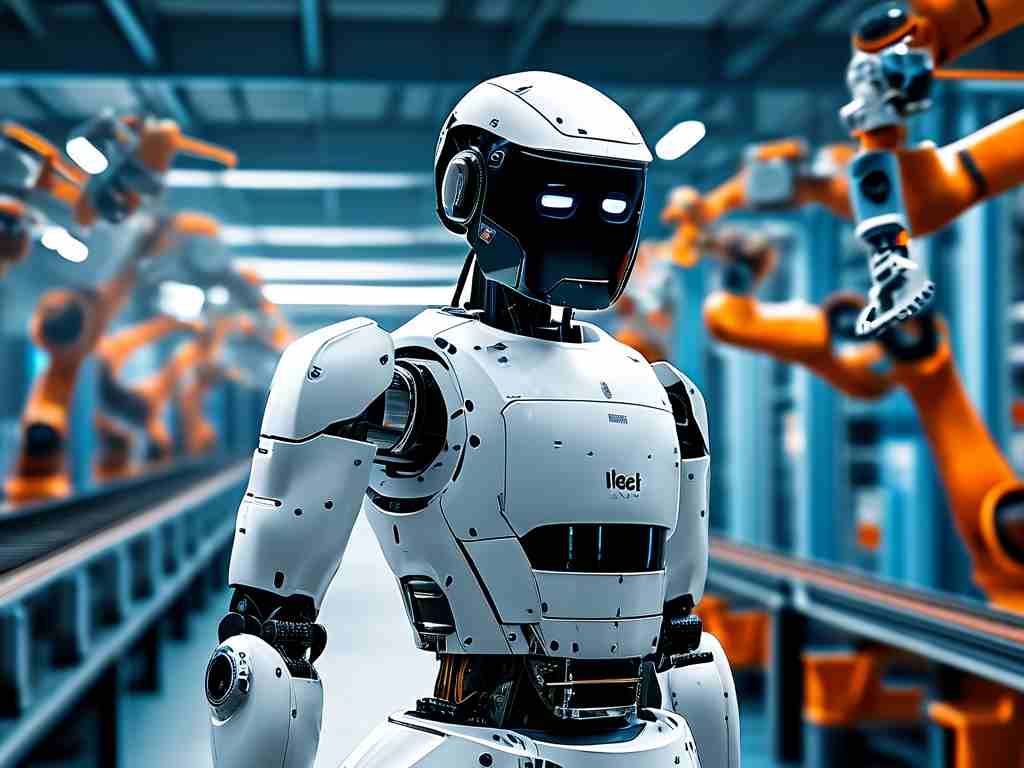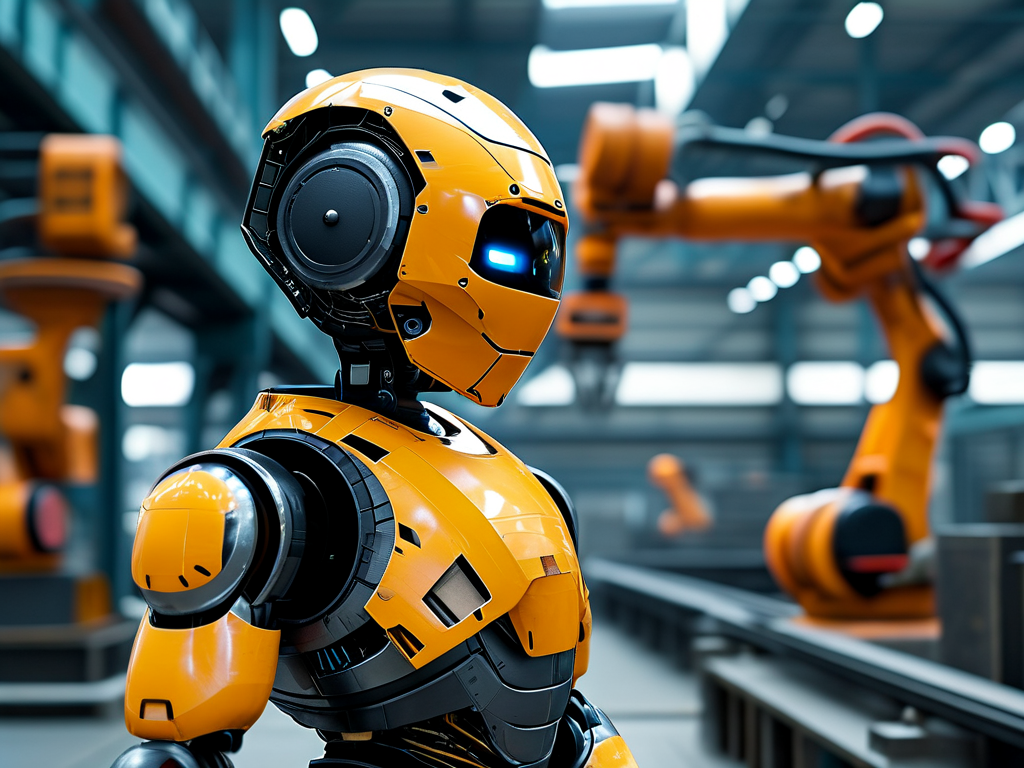The integration of KUKA robotic systems into sculpting processes has ushered in a new era of precision and efficiency across multiple industries. Unlike traditional manual carving or even computer numerical control (CNC) machines, KUKA's advanced robotic arms combine artificial intelligence, multi-axis flexibility, and sub-millimeter accuracy to transform raw materials into intricate artworks and functional components.

Technical Foundations of Robotic Sculpting
At the core of KUKA's sculpting technology lies its proprietary KR AGILUS series robots, renowned for their compact design and high repeatability. These six-axis robotic arms achieve positioning accuracy within ±0.03mm, enabling the creation of complex geometries that challenge even skilled human artisans. The system integrates force-torque sensors that mimic human tactile feedback, allowing real-time adjustments when working with variable materials like marble, metal alloys, or composite polymers.
A breakthrough feature is the adaptive path-planning algorithm, which analyzes 3D models and autonomously optimizes tool trajectories. This eliminates the need for manual programming in many cases, reducing setup time by up to 70% compared to conventional CNC systems. For instance, when sculpting a bronze sculpture from a digital file, the robot automatically calculates optimal chiseling angles and pressure levels based on material hardness data.
Industry Applications and Case Studies
-
Artistic Replication
In Florence's heritage restoration sector, KUKA robots recently replicated damaged Renaissance-era bas-reliefs with 98% morphological accuracy. Using laser scanning data from surviving fragments, the robots milled replacement sections in Carrara marble, preserving historical details down to 0.1mm tool marks. -
Automotive Customization
German luxury car manufacturer BMW employs KUKA systems for crafting customized wooden dashboards. The robots execute precise inlay work with exotic materials like carbonized bamboo, achieving seamless joints invisible to the naked eye. This application reduces material waste by 40% compared to manual techniques. -
Medical Implant Production
Orthopedic laboratories now utilize KUKA's robotic sculpting for patient-specific titanium implants. By directly processing CT scan data, the systems create bone replacements with porous surface structures that promote osseointegration, cutting surgical preparation time by three hours per procedure.
Operational Advantages Over Traditional Methods
The transition to robotic sculpting addresses longstanding industry challenges. Temperature fluctuations in workshops, which traditionally caused material expansion errors, are compensated through real-time thermal compensation algorithms. Dust extraction systems integrated into the end-effectors maintain visibility and precision during continuous operation.
Energy consumption metrics reveal surprising efficiency – a KUKA KR 10 R1420 robot consumes only 0.6 kWh during a typical 8-hour sculpting cycle, equivalent to operating a household microwave. This sustainability aspect aligns with growing eco-conscious manufacturing trends.
Technical Limitations and Solutions
Current challenges include processing ultra-brittle materials like volcanic glass. KUKA's R&D team has developed ultrasonic vibration-assisted tools that reduce fracture rates by 85% during delicate operations. Another innovation involves hybrid systems where human artists oversee initial creative phases, while robots handle repetitive detailing tasks.
Future Developments
Upcoming firmware updates promise to integrate generative AI for creative pattern design. Early prototypes demonstrate robots that can extrapolate sculpting styles from historical datasets – imagine a machine that carves Baroque ornaments after analyzing Bernini's works. The 2025 roadmap also includes swarm-sculpting capabilities, where multiple robots collaboratively work on large-scale installations.
From restoring ancient artifacts to manufacturing spacecraft components, KUKA's robotic sculpting technology continues to redefine the boundaries of material transformation. As these systems become more accessible through modular leasing programs, even small studios and independent artists are beginning to explore automated sculpting possibilities, blending human creativity with machine precision in unprecedented ways.




